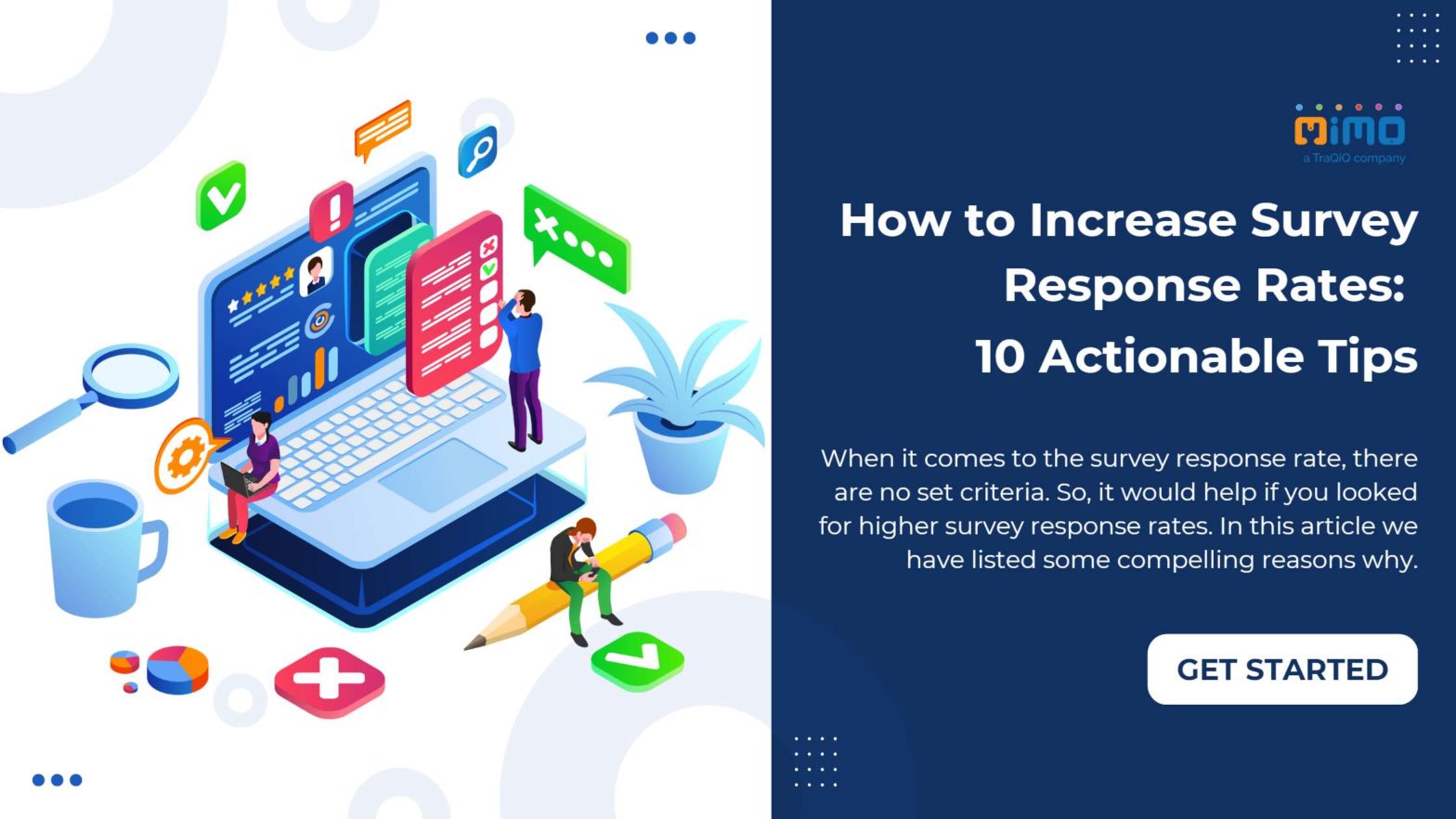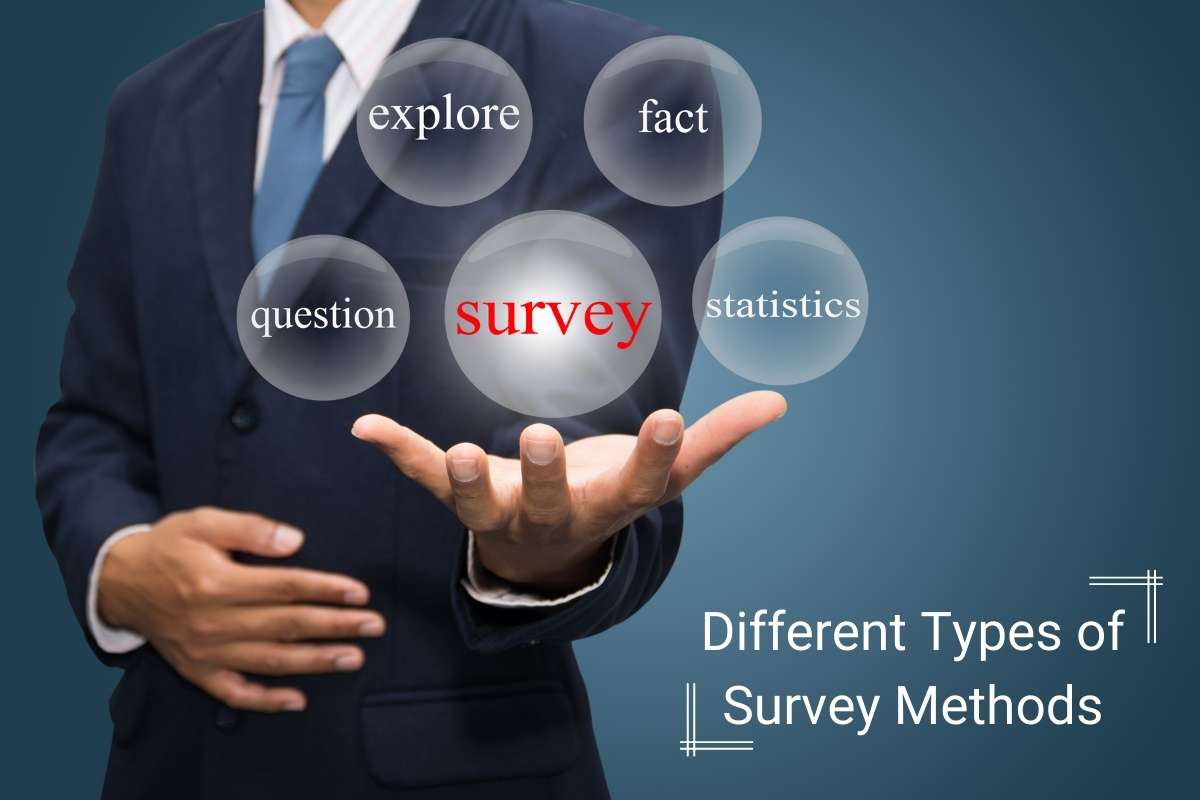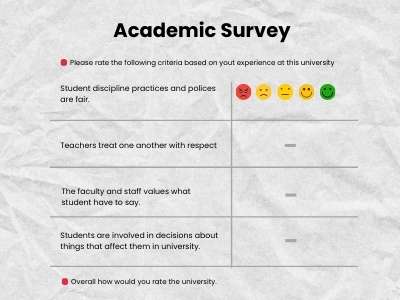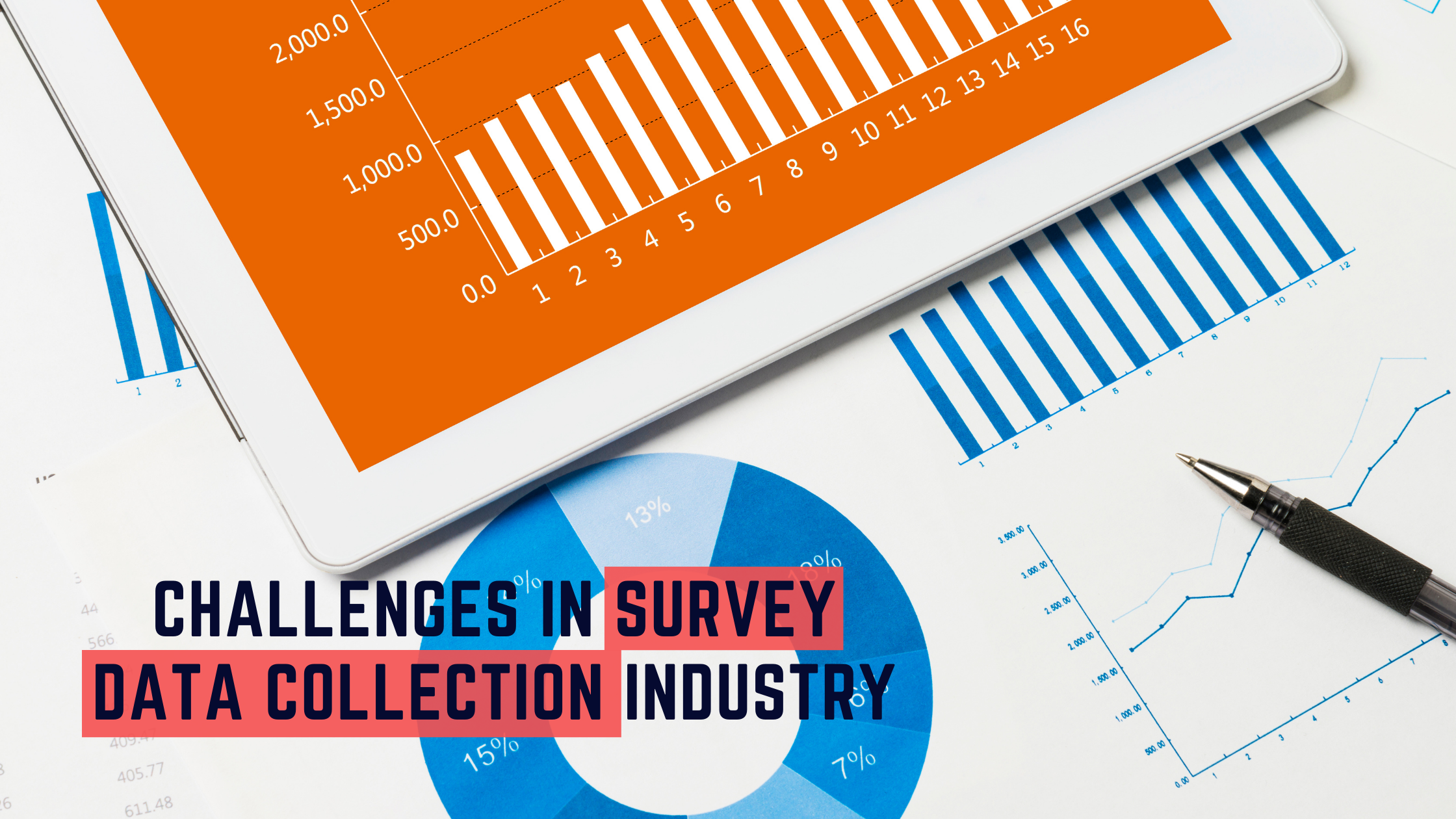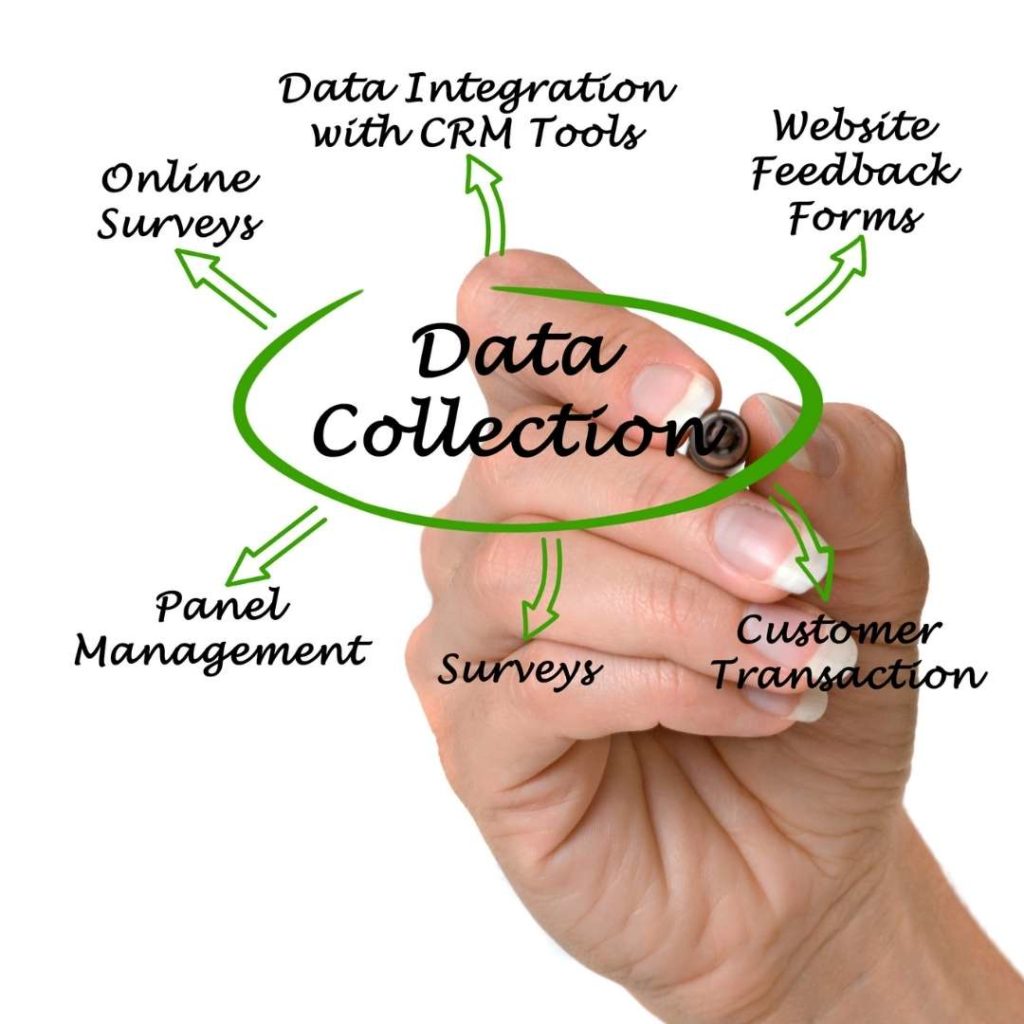
How to Increase Survey Response Rates: 10 Actionable Tips
The survey is only helpful if you have a good response rate. However, having a reasonable survey response rate varies by business; you can do a few basic things to significantly enhance survey response rates, such as personalizing the survey. Personalization is one method that can assist in raising survey response rates.
Creating surveys is one aspect of the business, but obtaining sufficient survey responses is something you need to work on and is the major problem. The ultimate purpose of your survey is to gain a comprehensive understanding of your company’s health and where it stands in terms of customer satisfaction.
Table of Contents
What is Survey Response Rate?
A survey response rate is the proportion of persons who finished your survey versus those who got it. In most cases, response rates are presented as percentages.
Calculating Survey Response Rate
Use the following formula to get the survey response rate:
Response rate = several persons who completed the survey divided by the total number of people who received it multiplied by 100.
Assume you sent out a survey to 1200 clients, and only 720 responded. Your response rate would be 60% (720/1200 x 100).
Importance of Survey Response Rate for Business
When it comes to the survey response rate, there are no set criteria. So, it would help if you looked for higher survey response rates. Here are some compelling reasons why:
- Top Quality Data and Accuracy- A low response rate indicates that just a portion of your target audience provided feedback. Since proportion may not represent the thoughts of the rest of your clients, the odds of inaccuracy are more significant.
- The personal link between the company and the customer- Every customer wants their business to make them feel valued. A finely curated portfolio shows them that their ideas are valued and will increase their faith in you.
- Collect useful feedback- When you have many survey respondents, you will have enough data to know what your customer thinks about your product or service. This data will help the business to make decisions.
A survey response rate of more than 50% is considered excellent. This number comes when there is a strong commitment between the client and the firm. Many factors can influence response rate, including distribution technique, survey invitation, industry, demographics, and even incentives.
Let us check how you can increase the Survey Response Rate -
1. Personalizing your Survey
Personalization is becoming a requirement, and clients and target audiences expect it from you. According to some surveys, 72% of customers step ahead to interact only if the survey or message is finely customized. Ask inquiries that are relevant to your respondent and address them by name. You may also brand your surveys to add credibility and an appealing appearance.
Additionally, adapt the open-ended inquiry to boost involvement.
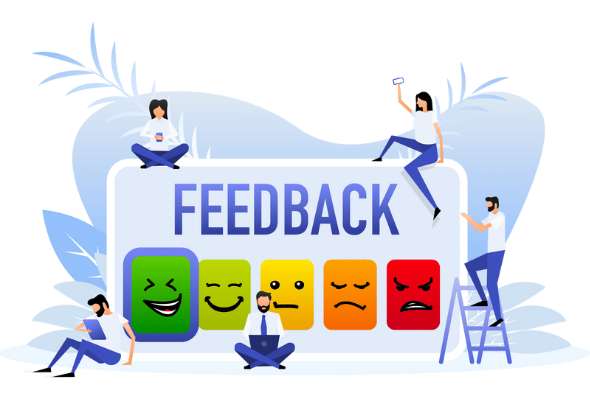
It can be time-consuming if done manually. As a result, you can use online survey solutions with comprehensive customization possibilities to help make things and the process simpler and faster.
2. Using Incentives
Customers love to get incentives or rewards from businesses, and adding incentives can be the best way to increase your survey success rate. Rewards and incentives help improve survey participation or increase the survey response and completion likelihood. Make the most of your incentive fund by following these suggestions:
- A tiny reward for each respondent is preferable to a high incentive for a few respondents.
- Raffles have a lower response rate than tiny incentives for each respondent.
- Appeal to respondents' desire to feel important by describing how their comments will affect the current quo.
3. Sending Survey from the Company Domain
When it comes to the importance of credibility, you should not take any chances. Sending surveys through personal domains or disguising the sender’s email address will not result in getting an adequate email delivery rate. When you issue surveys from your corporate domain, it helps to add credibility and enhance your open rate, increasing survey response rates. Respondents get the feeling of security to answer questions from a respectable business.
4. Using Psychological Theory
Using psychological theory to boost survey response rates is an effective method. According to cognitive dissonance theory, minimizing dissonance is crucial in deciding whether to respond. In other words, you can encourage desired behaviors by framing meaningful surveys as being consistent with someone’s values and views about themselves.
You can appeal to a person’s values in a way that makes them more likely to reply while drafting a questionnaire along with the cover letter. Assuming that failure to answer is contradictory with a person’s self-perception of being a helpful person, or at the very least one who honors reasonable requests, failure to respond will result in cognitive dissonance.
5. Keep it Short and Simple

Which of a two-page survey and a one-page survey would you respond to? You should go for the one-page survey. People are busy, and everyone expects things to be brief and easy to comprehend, even your consumers.
The Survey data collection industry knows the importance of valuing customers’ time. Create questions that are easier to understand, and remember to let respondents know how far they have gotten through the survey with each question answered.
It will motivate them to respond to all inquiries. For example, if the user finished three of the five questions, you might inform them that there are only two more to go!
6. Choosing the Right Channel
Send surveys across outlets where you will find respondents easily. As a result, selecting the appropriate medium is critical for enhancing survey response rates. For example, an email survey may reach more individuals and receive more responses than an SMS if it is a B2B survey. This is because more people are using the channel.
7. Being Honest with the Expectations
Inform respondents how long the poll will take upfront. A time of 5-10 minutes must be enough and mention the same. Customers give their response to more human text signals than to a progress bar during the survey. ‘Just a few more questions.’
8. Showing Gratitude towards Respondents
Consider the last time someone truly praised you for the work you did. You must have felt obligated and tried to give them more. That is how gratitude operates. The more you thank a person for the response or help you receive, the more you get the help. Take the time to thank your customers for their time and effort in completing your surveys. After users complete the primary survey, send automatic thank you letters or give them a modest gift.
9. Consider Self-Perception Theory
Self-perception theory, another tool from the domain of psychology, is the premise that people infer attitudes and knowledge about themselves based on interpretations of the reasons for their behavior. Self-observation is used to make interpretations. A positive attitude presented toward the survey response arises when a person’s decision to give a reply to the survey is connected with internal causes rather than external constraints.
These attitudes of self-perfection then influence your behavior. The self-perception paradigm is essential for the more general issue of online survey response. In other words, if you are keen to respond to a survey because you believe you will turn out to be a helpful person, you will respond again to reinforce that positive belief.
10. Sending Gentle Reminder
Your respondents may need to remember to react to your surveys or be unaware they have been delivered. You can send them reminder emails to ensure potential responses are received. It has the potential to increase your survey response rate by 36%. But, once again, do not worry them too much about it. It is acceptable to send up to three reminders.
Conclusion
You can significantly boost your survey response rates with the suggestions provided above. However, it would help if you had a professional hand, and MIMOIQ is the best that can do the job through an automated process. MIMOIQ allows you to construct relevant questionnaires from pre-built templates, deliver across numerous channels, customize your surveys, set up automated reminders, and automate the workflow.
Like this article?
More To Explore

What Factors Should Organizations Consider Before Outsourcing Their Internal Audit Functions?
+91 1141182211 Outsourcing has become a strategic choice for many organizations looking to streamline operations, reduce costs, and enhance efficiency.

Outsourcing Internal Audit: Evaluating the Upsides and Downsides for Your Organization
+91 1141182211 In today’s dynamic business environment, companies face increasing pressure to enhance efficiency, manage risks effectively, and ensure compliance

A Background Verification Guide: Frequently Asked Questions and Their Answers
+91 1141182211 Background verification (BGV) is a crucial process used by employers to ensure they are hiring candidates with accurate
